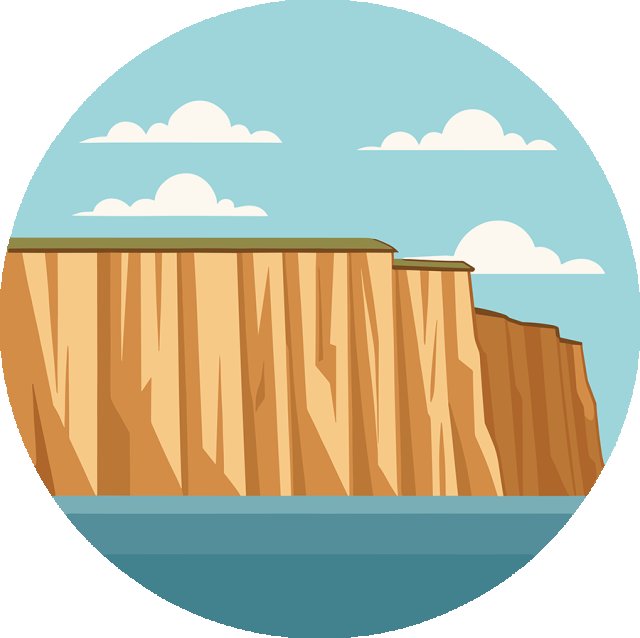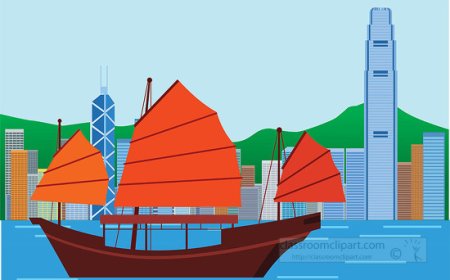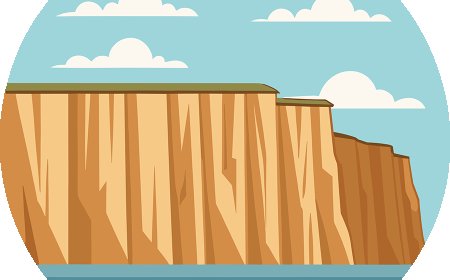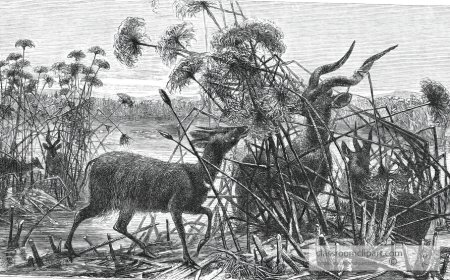Physical Geography for Kids: Landforms, Climate, Ecosystems & Fun Facts
Explore this complete guide to physical geography for kids! Discover landforms, climates, and natural processes that shape Earth. Includes vocabulary, a quiz, and fun facts.

🌍 Physical Geography: Exploring Earth's Amazing Features
Introduction
Physical geography is the study of Earth’s natural features and processes. It looks at landforms, climates, oceans, plants, animals, and how all these parts work together to shape our planet. If you love learning about volcanoes, mountains, rivers, and weather, you are already curious about physical geography!
In this guide, you’ll discover:
- What physical geography means
- Major landforms and bodies of water
- Types of climates and ecosystems
- How natural forces like earthquakes and erosion change Earth
- Fun facts to wow your friends
🌎 What Is Physical Geography?
Physical geography focuses on the natural world. Unlike human geography, which studies people and cultures, physical geography studies things like:
- Mountains and valleys
- Rivers, oceans, and lakes
- Weather and climate
- Plants and animal habitats
- Landforms created over millions of years
Scientists called physical geographers observe and measure these features. They help us understand how Earth’s surface changes and why it looks the way it does.
🏔️ Major Landforms
Here are some important landforms you should know:
- Mountains – High, steep landforms (e.g., the Himalayas)
- Hills – Smaller than mountains, gently sloping
- Plains – Flat or gently rolling areas
- Plateaus – High, flat regions (e.g., the Colorado Plateau)
- Valleys – Low areas between hills or mountains
- Deserts – Dry regions with little rain
- Islands – Land completely surrounded by water
- Peninsulas – Land surrounded by water on three sides
🌊 Bodies of Water
Water covers about 71% of Earth’s surface. Key types include:
- Oceans (Pacific, Atlantic, Indian, Arctic, Southern)
- Seas (smaller than oceans)
- Lakes (freshwater or saltwater bodies surrounded by land)
- Rivers (flowing water that usually empties into a sea or ocean)
- Glaciers (slow-moving ice)
🌦️ Climate and Weather
Climate describes the usual weather in a place over a long time. Earth has several major climate zones:
- Tropical: Hot and wet (near the Equator)
- Desert: Dry with little rain
- Temperate: Warm summers, cold winters
- Polar: Very cold year-round
Weather changes daily, while climate describes patterns over years.
🌱 Ecosystems and Biomes
An ecosystem is all the living and non-living things in one area. A biome is a large region with a specific climate and certain plants and animals.
Common biomes:
- Rainforest
- Desert
- Grassland
- Tundra
- Taiga (Boreal Forest)
🌋 Natural Processes That Shape Earth
Physical geography also studies how Earth’s surface is shaped:
- Erosion: Water, wind, or ice wear down rocks
- Weathering: Rocks break into smaller pieces
- Volcanoes: Molten rock erupts to form new land
- Earthquakes: Tectonic plates shift and shake the ground
- Glaciation: Glaciers carve valleys and move debris
These forces create and change landforms over time.
🗺️ Why Physical Geography Matters
Understanding physical geography helps us:
- Predict natural disasters
- Protect ecosystems
- Conserve resources like soil and water
- Plan cities and roads in safe places
It’s also fascinating to learn how landscapes were formed millions of years ago!
📚 Vocabulary List
| Word | Definition |
|---|---|
| Landform | A natural feature of Earth's surface, like a mountain or valley |
| Climate | The average weather conditions in a place over many years |
| Erosion | The process of wearing away rocks and soil by wind, water, or ice |
| Tectonic Plate | A huge piece of Earth's crust that moves over time |
| Biome | A large area with the same climate and types of plants and animals |
| Glacier | A large, slow-moving mass of ice |
| Peninsula | Land surrounded by water on three sides |
| Valley | Low land between hills or mountains |
| Weathering | The breaking down of rocks into smaller pieces |
| Ecosystem | A community of living things interacting with their environment |





















































